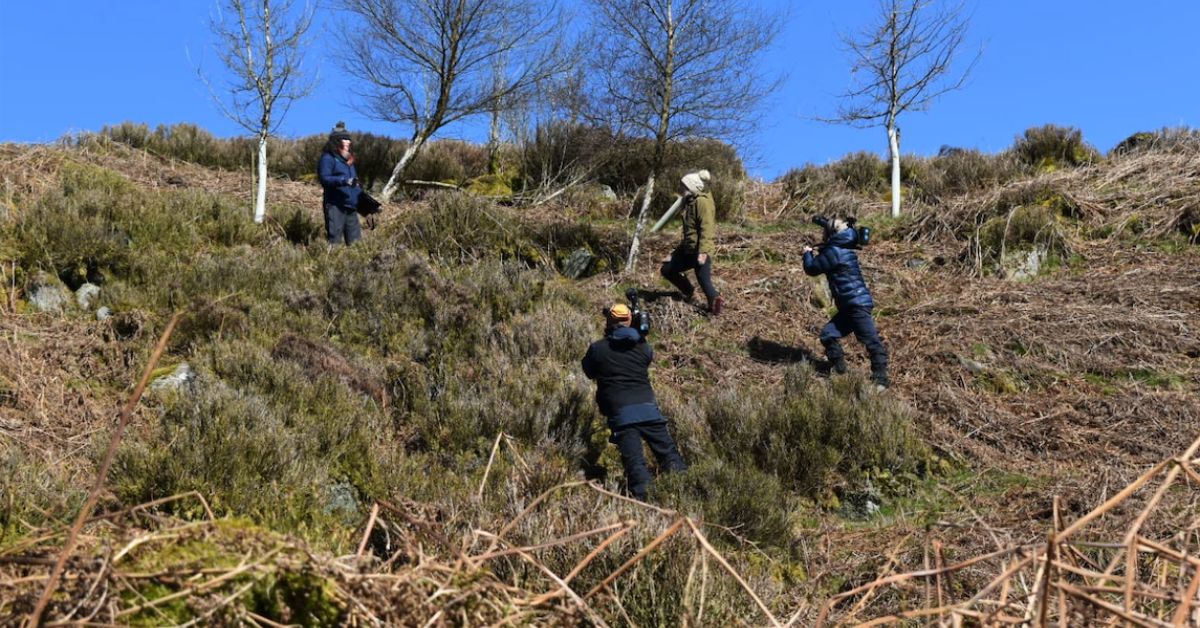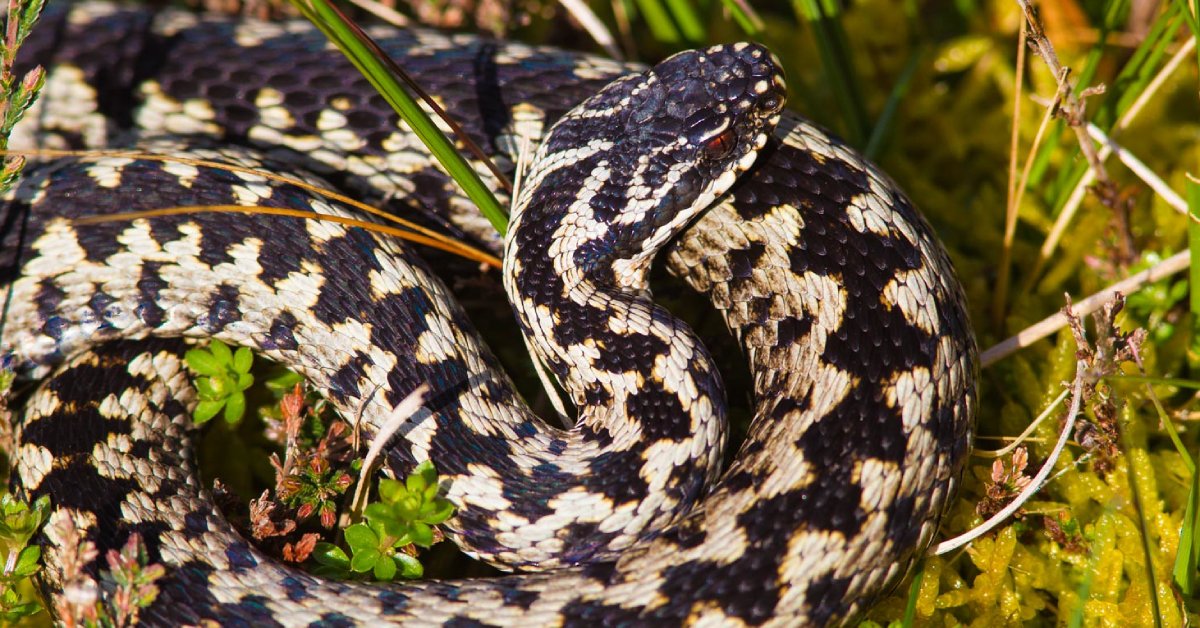Nidderdale Area of Outstanding Natural Beauty has asked visitors to keep an eye out for adders.
Adders are the UK’s only venomous snake but they are disappearing.
A recent Make the Adder Count survey found that 90% of surveyed sites had declining adder populations.
Their plight was highlighted by Countryfile on BBC One last month, which featured presenter Helen Skelton searching for adders in Nidderdale.
To help with its own conservation efforts, Nidderdale AONB has launched Adder Watch to engage people in its work.
Although it is asking visitors not to go out actively looking for the snakes, it is asking anyone seeing them on their travels to report them.
Read more:
- Pensioner with bladder issues ‘fined in Harrogate after parking to pee’
- Have your say on the future of Bewerley Park
Adders like to live in moorland, heathland, open woodland glades, near old stone walls and on rocky slopes.
They hibernate over winter, often in groups. If their hibernation sites are destroyed it can have a devastating impact on their ability to survive.
When they come out of hibernation, they sunbathe to build up strength and flatten themselves to catch as many rays as possible.

Countryfile adder search in Nidderdale
Adders can be seen typically between March and October. Males are often grey with black zigzags on their backs.
Females are usually brown with dark brown zigzags on their backs. They typically range from 60 to 80cm in length.
You can report sightings on an online form here or by sending an email detailing your sighting here.
Kelly Harmar, biodiversity officer at Nidderdale AONB, said:
“It’s vital that people don’t actively go looking for adders.
“We are just asking people that if they do spot one when they are out and about to please let us know.
“Do not to share the location of any sightings on social media. It’s really important that any adders aren’t disturbed by people going to look for them.
“Adders are an excellent indicator of a healthy environment. If they are in decline, it suggests that other species who share the same habitat may also be in trouble.”
Nidderdale AONB, which is funded by the government, is an area of 233 square miles located on the eastern flanks of the Yorkshire Pennines stretching from the high moorland of Great Whernside south and east towards the edge of the Vale of York.






